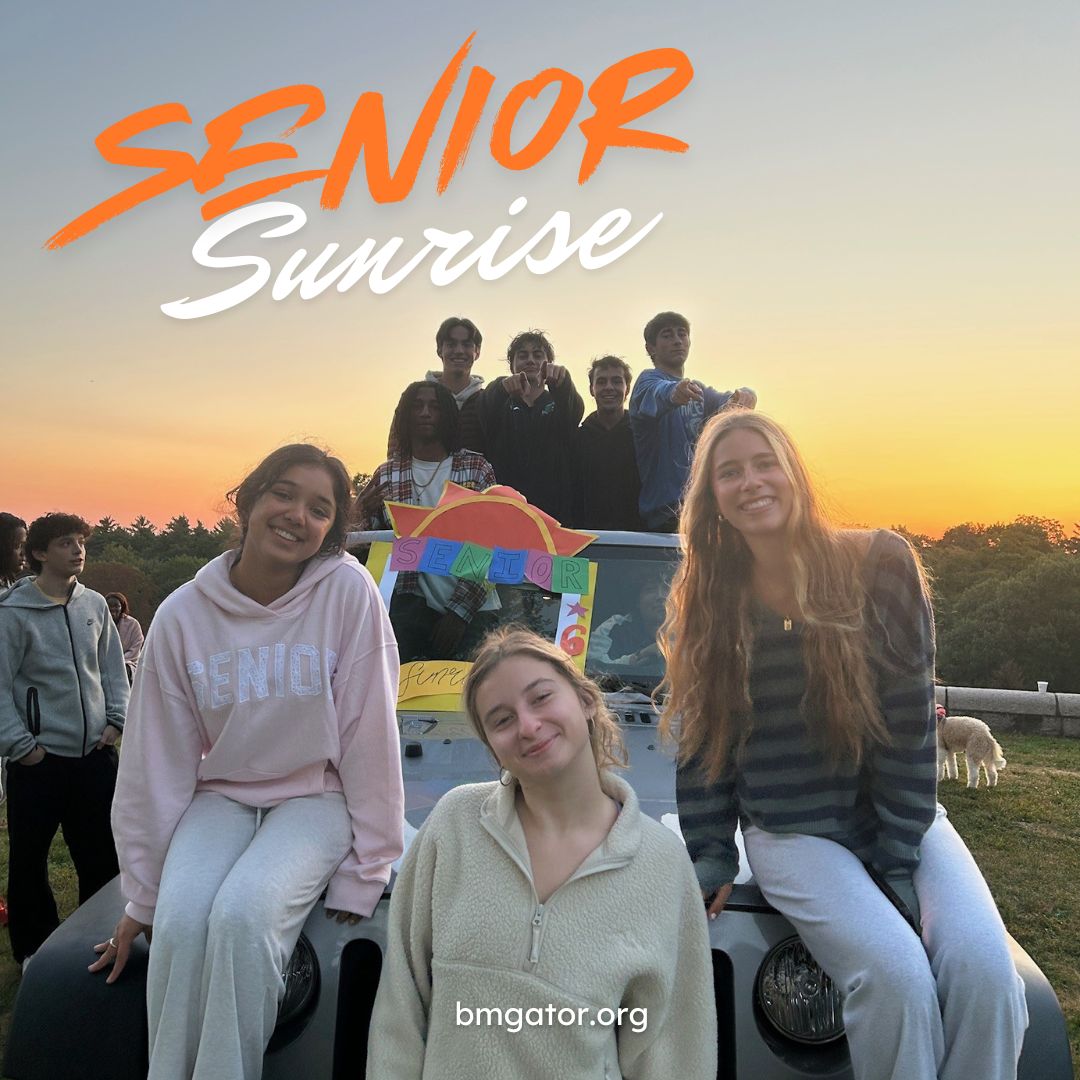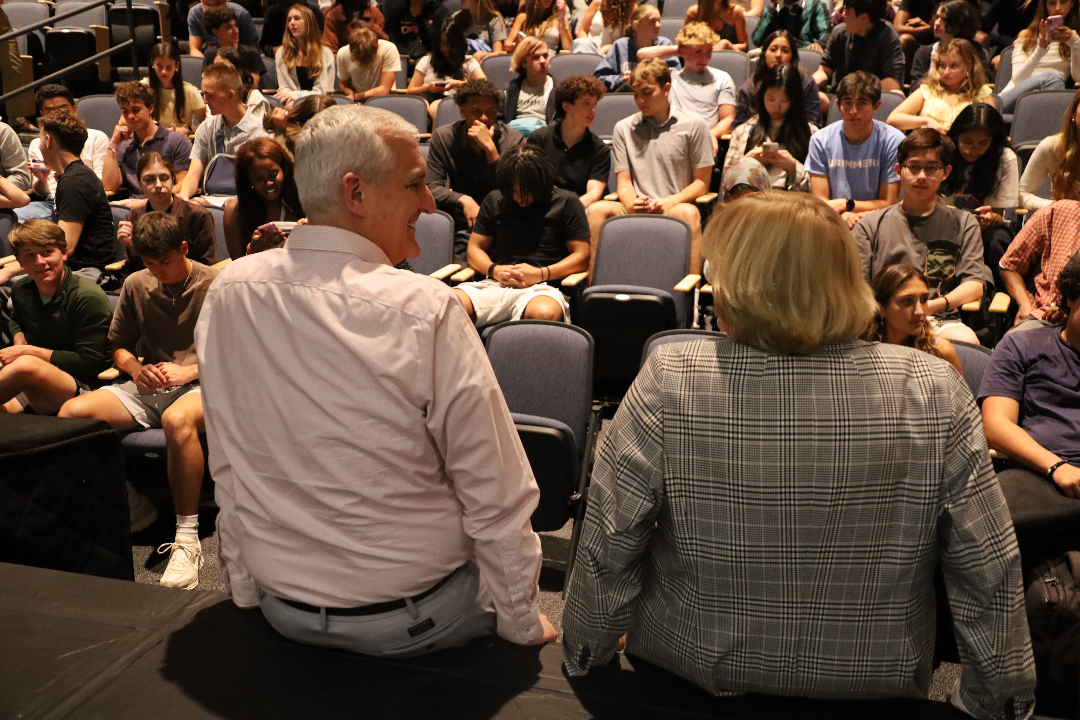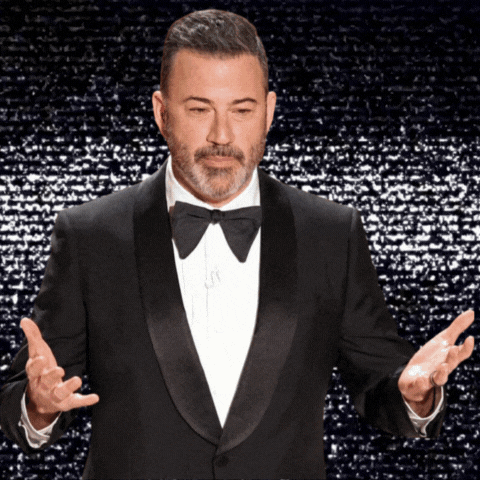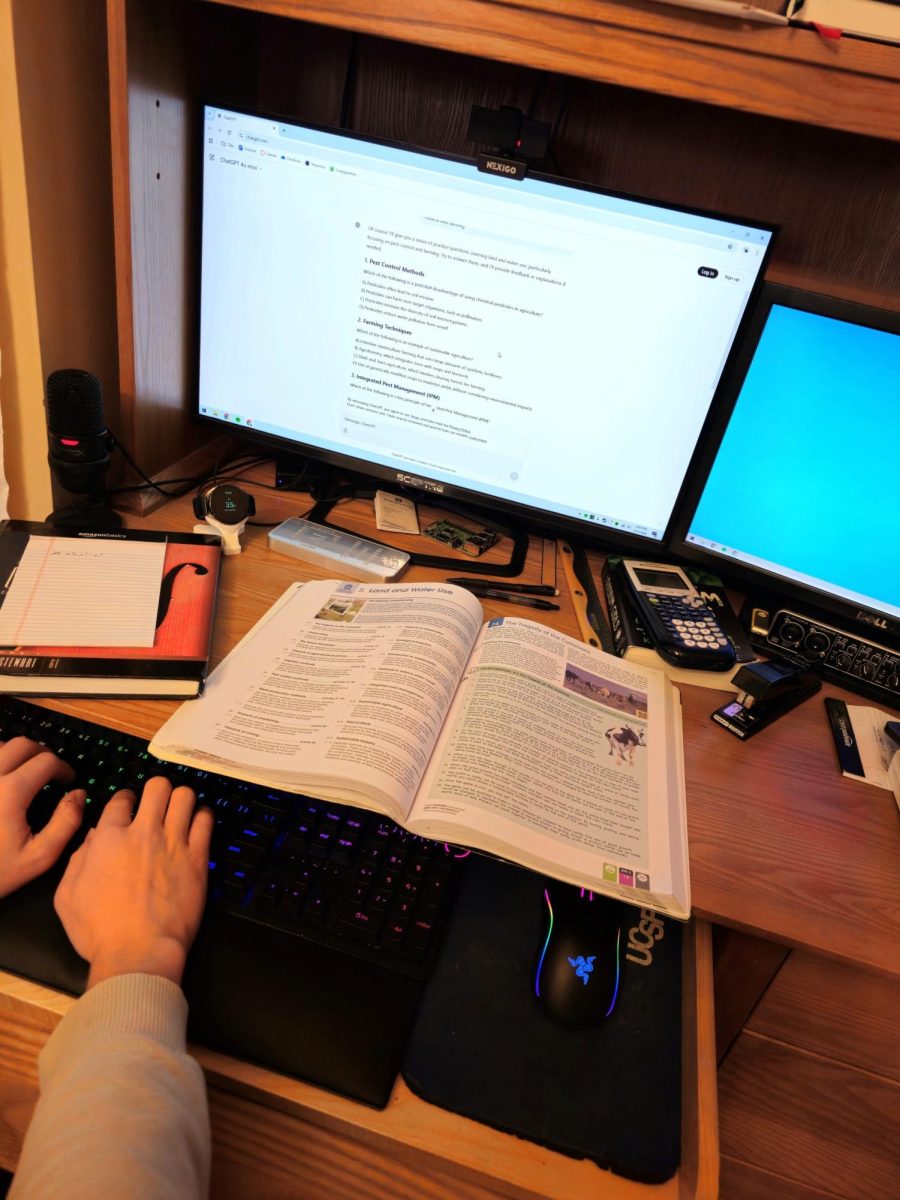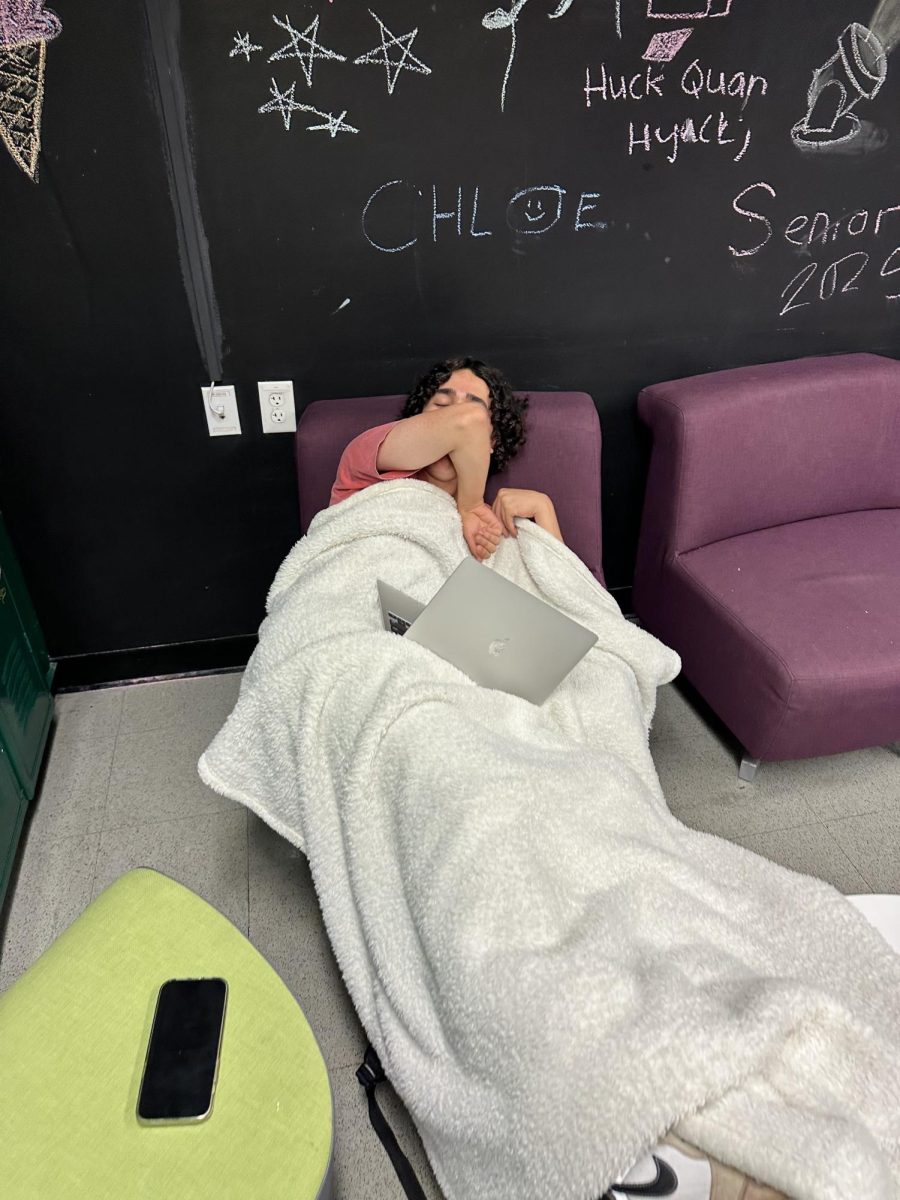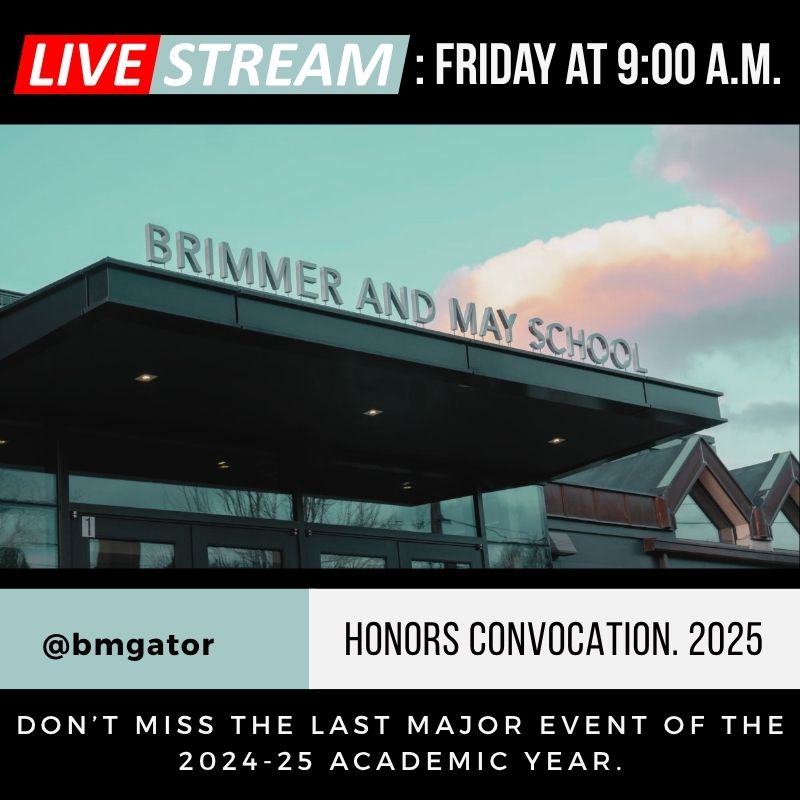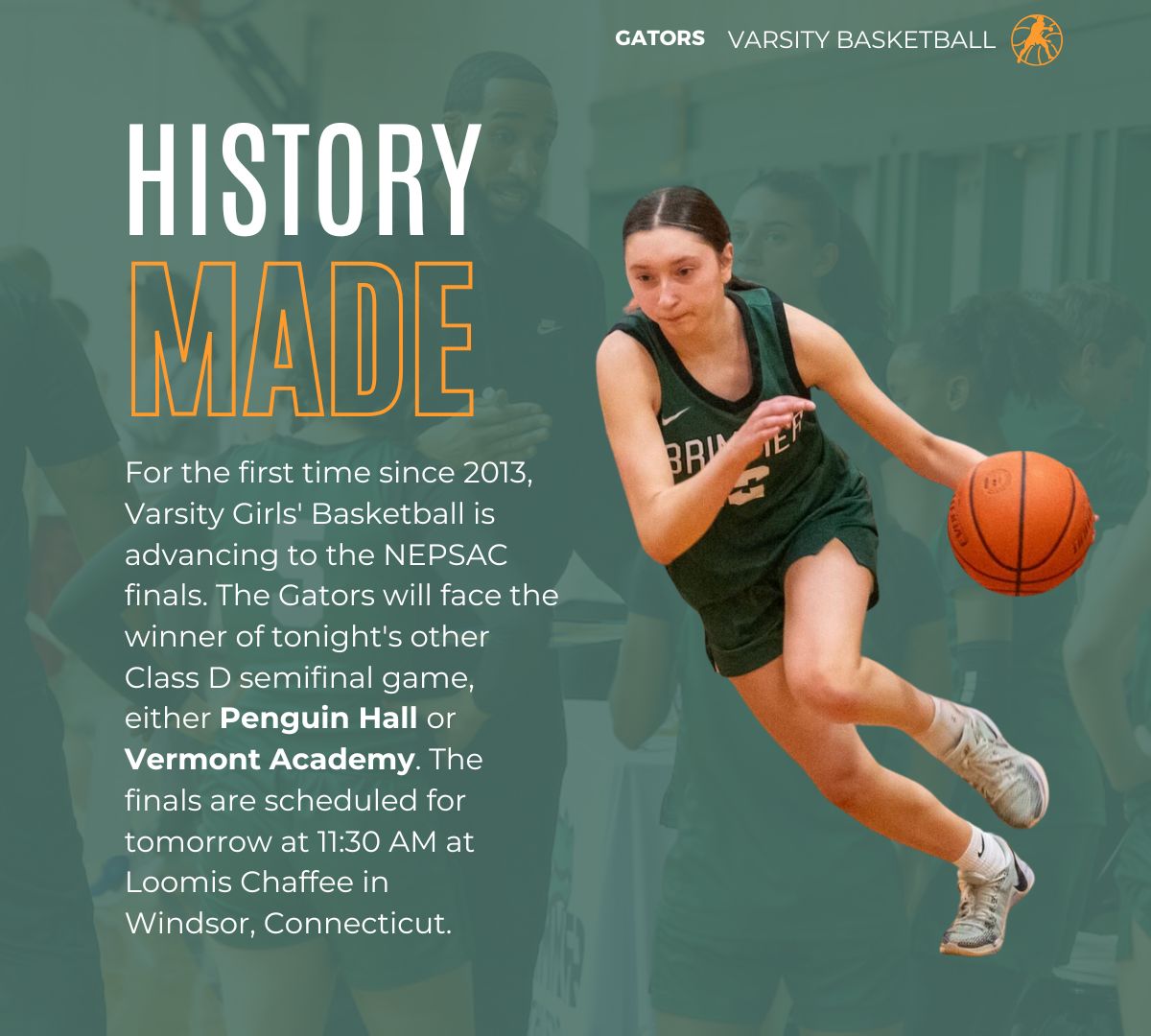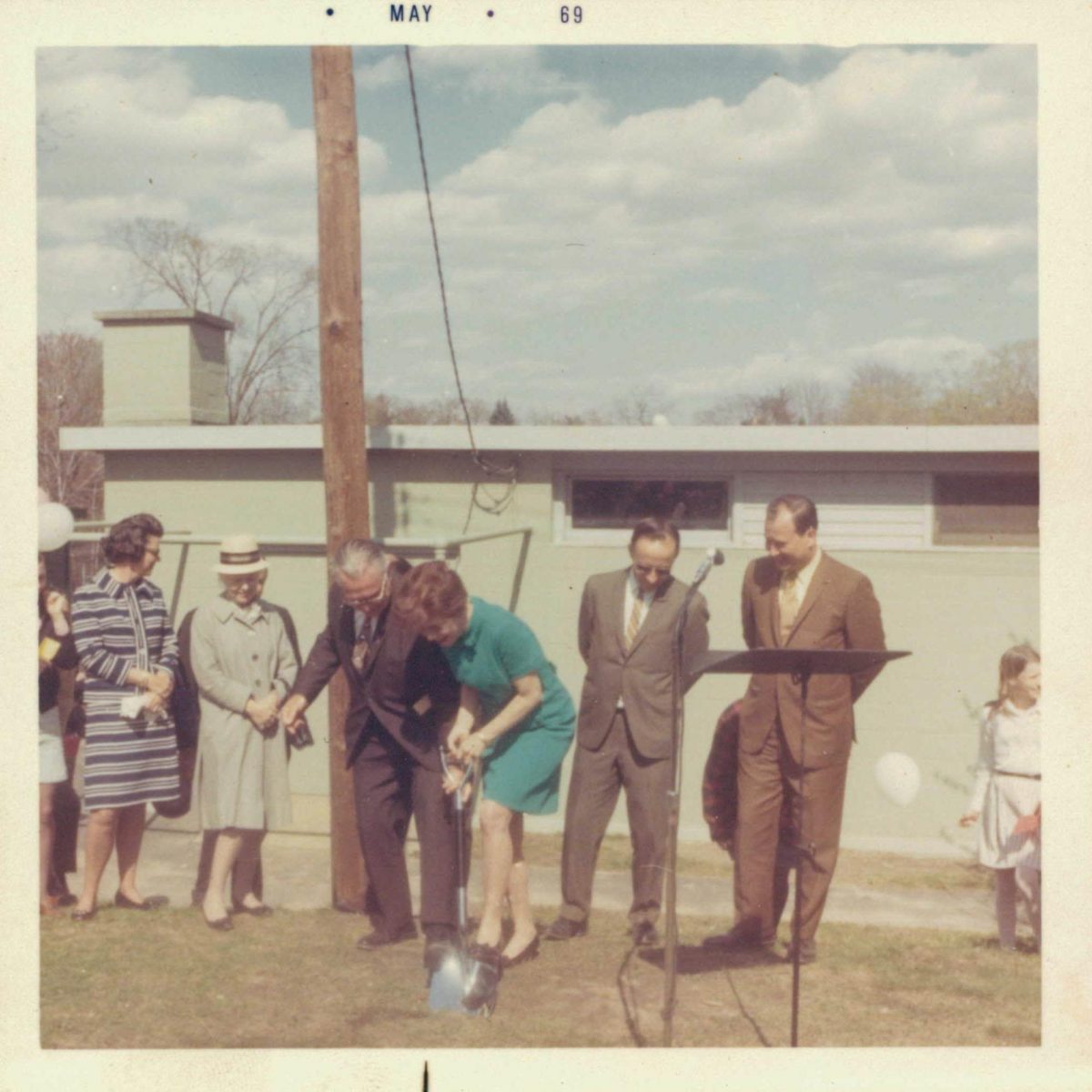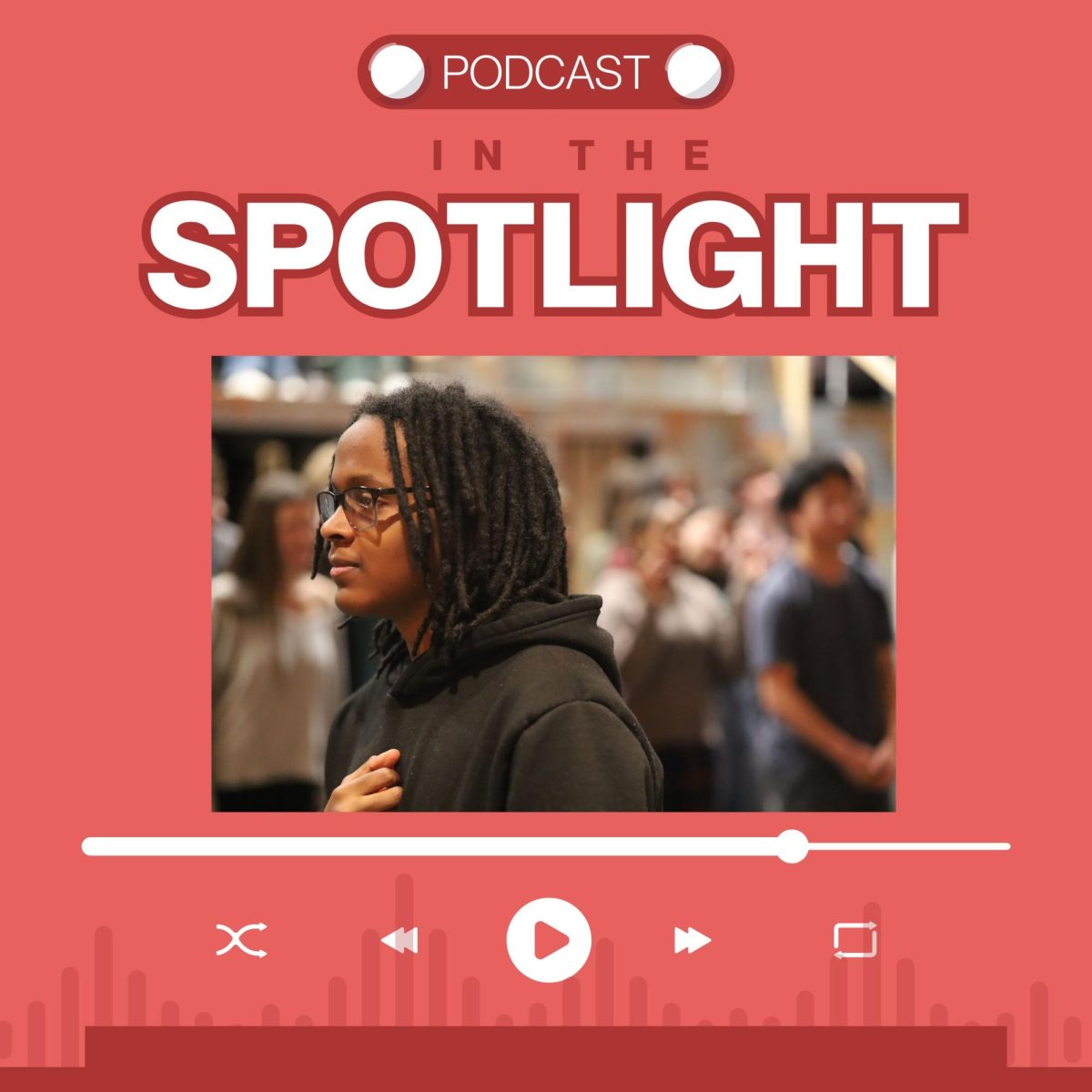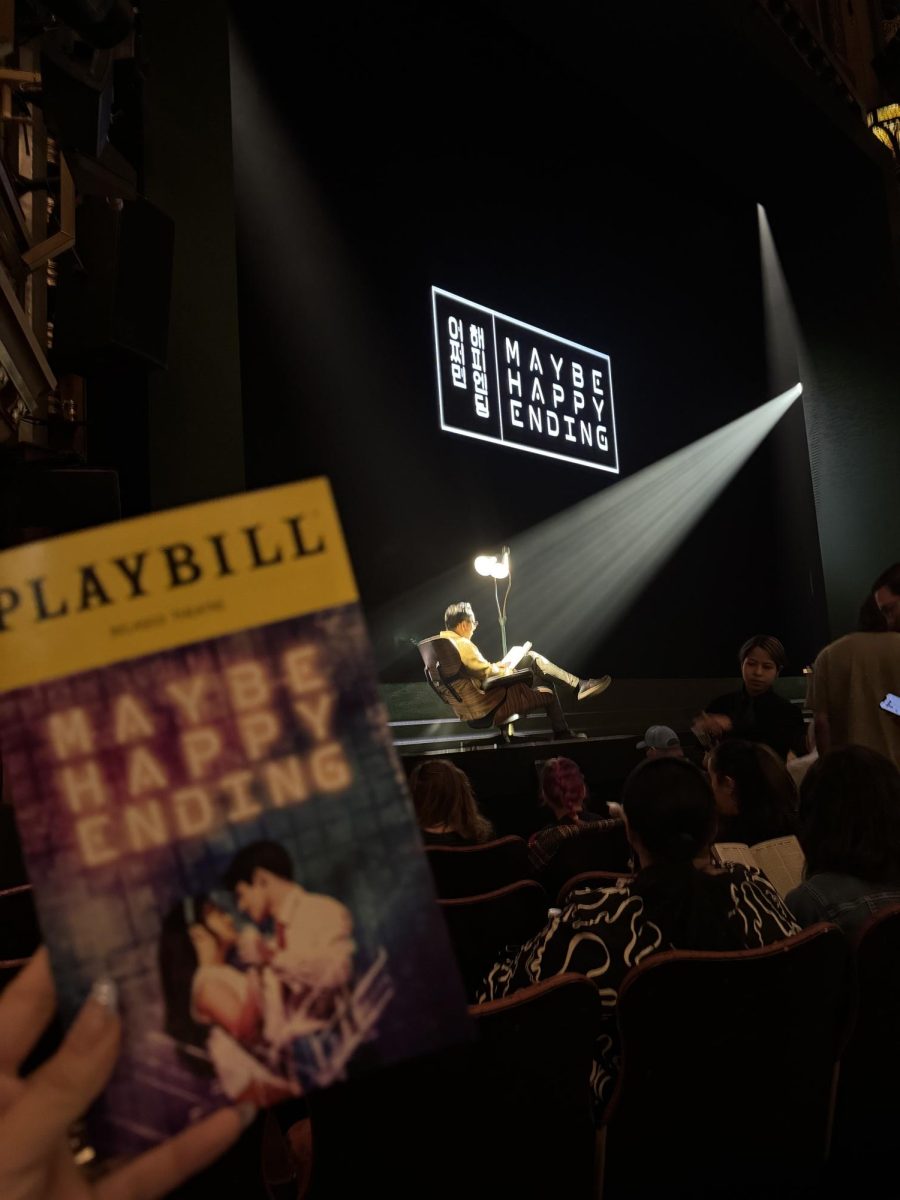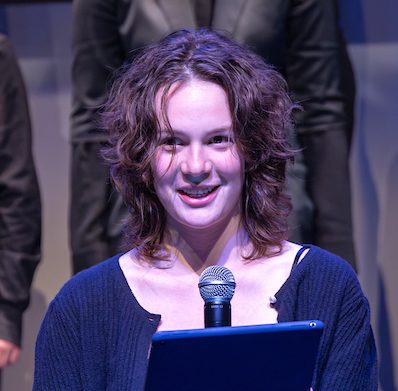The new original musical Maybe Happy Ending made its Broadway debut just six months ago at the Belasco Theatre and already holds 10 Tony Awards Nominations across various categories.
The South Korean musical, “어쩌면 해피엔딩 (Maybe a Happy Ending)” had its premiere in Seoul in 2016, with Hue Park and Will Aronson on lyrics, music, and book. The show has been revived multiple times in South Korea and internationally before it finally opened on Broadway.
Starring Darren Criss (Oliver) and Helen J. Shen (Claire), Maybe Happy Ending is a story about two human-like helper bots living in a small apartment, set in the near future in Seoul, South Korea.
Oliver and Claire are abandoned by their owners due to personal reasons, and were sent to live in the apartment full of abandoned bots. Oliver is an older version, a helper bot 3, while Claire is more advanced–a helper bot 5–but lacks durability as her battery is unstable.
The two are neighbors, but never meet until Claire runs out of battery and knocks on Oliver’s door for help.
Despite their initial disdain for each other, the two eventually go on a journey to Jeju Island: Oliver has been saving up to reunite with his “friend” and ex-owner James Choi, while Claire wishes to go into the forest to find her favorite creature: fireflies.
Oliver and Claire get to know each other better through the process–though they are distinct, they find their similarities and uncontrollably fall in love with each other.
A difficulty unique to this production is the actors’ portrayal of robots. Helper bots are set to be human-like, but also move in artificial ways–especially Criss, who plays an older version of helper bots.
However, both Criss and Shen navigate their roles with crisp movements. Their disposition is deliberately mechanical, but there’s also child-like wonder and a constant readiness to serve their owners.
Maybe Happy Ending explores the nature of the human condition with robots, who display more signs of humanity than many expect.
They are semi-humans, but they experience the same emotions their creators and owners go through: memory and oblivion, life and death, and longing for love and connection.
The storytelling is incredibly beautiful–with a captivating score and enchanting lighting, cleverly using projections to show memory and to set the scene.
The use of vivid and bold colors helped depict a more saturated reality, which made it feel more futuristic. In the meantime, there was also the use of warmer colors, which brings out the biological human attraction to certain comforting lights–such as candlelights and organic lights.
The constant use of contrast gives the audience both moments of stress and inquisitiveness, but also moments of satisfaction and happiness.
Though significantly shorter than many popular Broadway shows, this 100-minute musical elicits so much emotion from its audience.
Through seemingly artificial and futuristic settings, Maybe Happy Ending tells a profound story that reminds us of our complex human identities.

